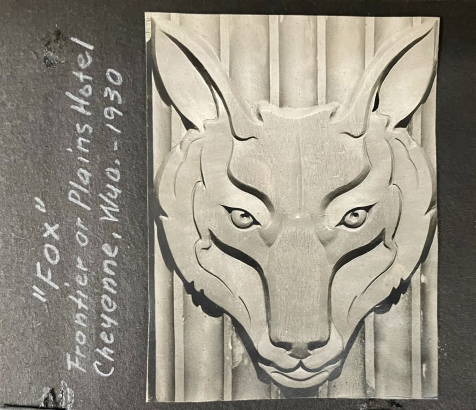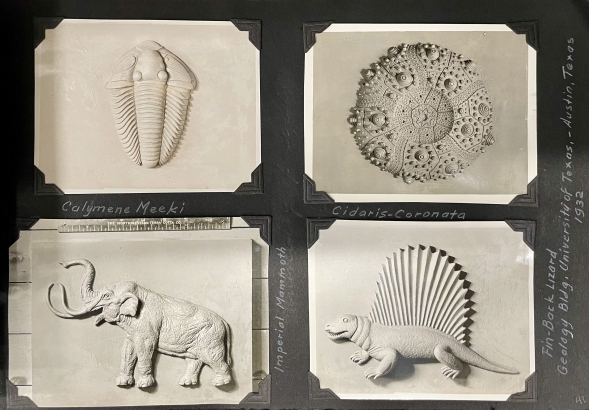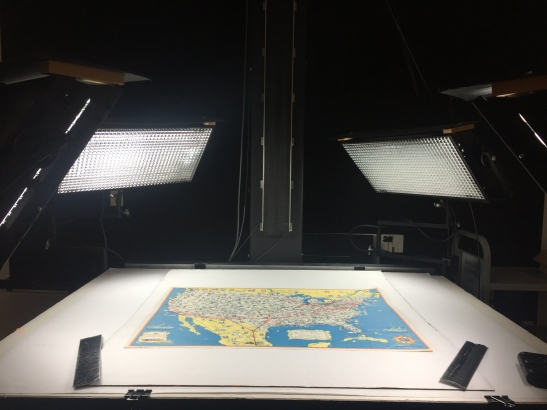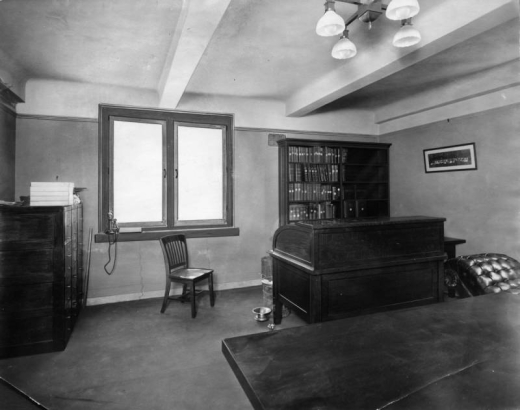In the spirit of American Archives Month, this October we’ve compiled a three-blog series about what archivists do and how we make collections accessible. While our first blog post delved into acquisitions and the second examined processing and cataloging, this post will focus on digitization and access.
If you ever want to really get under an archivist's skin, ask them why everything in the archives isn't digitized — and be sure to add, "How hard could it be?!"
Read on to learn more about just what goes into the digitization process (spoiler alert: it's not just scanning!)
WHAT'S BEEN DIGITIZED?
Currently there are 1,138,623 digital objects in our Digital Collections. This number includes photographs, maps, art, architectural plans, audio files, documents, and several genealogy and regional history indexes. But this is just a mere fraction of our holdings!
Together, the Denver Public Library's Blair-Caldwell African American Research Library and the Western History and Genealogy department hold close to 6,000 archival collections, which range in size from a single envelope to thousands of boxes (the Rocky Mountain News Records alone comprise 1,520 boxes!).
Now, imagine that each linear foot box (the most common box size we have) in our holdings can house up to around 1,000 pieces of 8 1/2 x 11" paper. That means there are several million individual records — papers, photographs, audio tapes, films and more — that could potentially be digitized.
DECIDING WHICH ITEMS TO DIGITIZE
How do we determine which records should be digitized? Evaluation is the first step in the digitization process. Because we have limited resources in terms of staff hours, equipment, and archival file storage, we have to make choices.
Those choices are guided by our document "Digitization Criteria: Criteria for Selection of Collections and Materials for Digitization by the Denver Public Library," which lays out criteria in the areas of content, object, accessibility, and capacity:
Content
- Must support library values and priorities, including Equity, Diversity, and Inclusion to ensure underrepresented communities are represented.
- Selection should include items that are of interest to general audiences as well as scholars.
Object
- The format of the information to be digitized should lend itself particularly well to display in an electronic medium, such as archival, photographic, map and other visual collections.
- Rapidly deteriorating material should be considered before more stable material.
- Materials can be chosen for digitization based on physical condition as well as items which are unique, rare, or historic.
Accessibility
- The materials selected need to be in the public domain or the library has ownership or copyright permission to use the materials.
- Items with sufficient information to create adequate metadata are preferred.
Capacity
- Amount of materials and the size of a collection will be considered.
- Digitization can be accomplished with currently owned and operated DPL equipment, as well as maximizing its efficient use.
- Matching the physical properties of the items to the capability of our equipment and staff
- Selection may take into consideration possible projects that could be funded by grants or donations.
SPREADSHEETS: WHERE THE MAGIC HAPPENS
Before the scanning process even begins, quite a bit of preparation takes place. Library staff pull the boxes, flag the items needing digitization, and place them in archival enclosures. Staff must then provide some information about the items being scanned in a spreadsheet. This information is called metadata. The staff person initiating the project will:
- title the item
- explain who created the item and when
- provide a description of the item (which includes transcribing any notes written on the item)
- measure the item
- describe which collection and container the item came from.
Some members of our digitization team (including an IMLS grant-funded archivist librarian, a Special Collections librarian, and a senior Special Collections cataloging librarian) give each item a call number and digital file name. They also assign subject headings and provide the bulk of the metadata in the spreadsheet. In total, there are 66 spreadsheet fields that can be utilized to describe a single item! Note that metadata creation takes significantly longer than scanning.
Why do we spend time adding metadata to a spreadsheet? This information will be added, along with master and access copies of digital files, to our digital repository. Known as the Digital Collections to our customers, this is the place where digital versions of photos, maps, art, and more can be not only browsed — but searched for and found. Metadata makes research possible!
DIGITIZATION: MORE THAN JUST "SCAN AND SAVE!"
Imaging labs in the Blair-Caldwell African American Research Library and the Western History and Genealogy department adhere to the ALCTS Minimum Digitization Capture Recommendations to digitally preserve master archival objects.
For static media — think photos and paper-based documents — these standards vary depending on material type and size. While most people see a resolution of 600 pixels per inch (PPI) as high, per the ALCTS Capture Recommendations, 600 would be insufficient for a 35mm film negative. The ALCTS instead recommends a PPI between 800 and 2800. On top of resolution, there is also bit-depth and minimum long-edge pixel length to consider.
The equipment used to digitize static media include Epson Expression 10000 XL flatbed scanners and a PhaseOne P65+ digital back scanner. Adobe Photoshop software is employed to minimally edit service copies of digital files. Typically, an image will be minimally cropped and have levels (the amount of brightness, contrast, and tonal range) adjusted to make the digital image appear more like the original item.
Finally, the images are uploaded to the digital repository. They are then available to be searched and viewed in the Digital Collections.
So why isn't everything in the archives digitized yet?
While the answer is complex and involves issues of resources and volume, it is our hope that this post sheds light on just what goes into digitization. The digitization process is more than just scanning and saving. It includes selection, metadata creation, and the adherence to established standards to digitally preserve master archival objects — all practices that uphold DPL values of equity, curiosity, and stewardship.
This blog is part of a series in honor of American Archives Month. Read all three parts to follow the album and learn about other archival work.
- Acquisition
- Processing and Cataloging
- Digitization (you are here)





Comments
I understand the difficulties
I understand the difficulties you have mentioned in digitizing. Still, I suggest Dewey's Dispatch as an item to digitize. In a sense, it is a history of the library and so particularly important to understanding its past. Please keep this in mind.
Add new comment